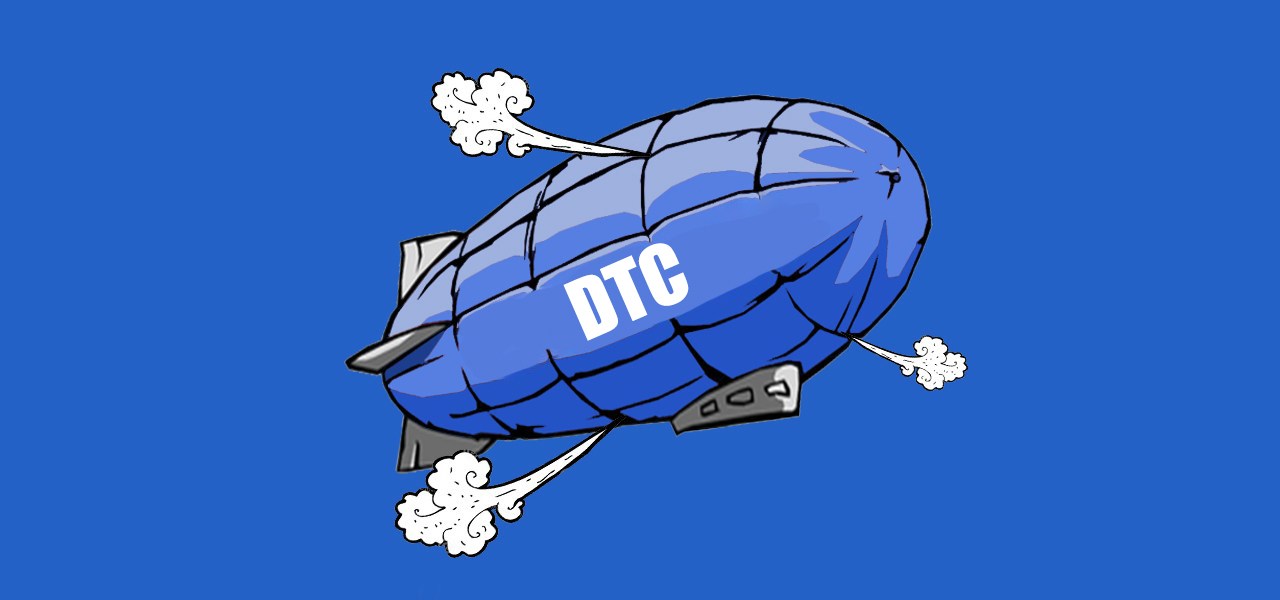The coronavirus is upending the direct-to-consumer calculus

The tectonic shifts about to happen were expected, but not like this.
For months, analysts, VCs and even founders had been sounding alarms about the DTC bubble. Too many companies had raised too much money, too quickly and were likely beyond the scope of an exit. Others were in such a crowded market that it was difficult — if not entirely impossible — to stand out. It led many to realize that a big shift was coming; venture capitalists were likely less bullish on the growing amount of so-called direct to consumer players, which meant that companies that had raised an initial round of funding a year or so back were going to be in a real bind unless they figured out something quick. “There will be a VC cooling,” proclaimed Web Smith, the co-founder of men’s brand Mizzen + Main and founder of 2pm Inc, to Modern Retail last January.
But the coronavirus pandemic and its effects are causing a massive acceleration. It’s not just because the bubble is bursting, it’s that business dynamics were uprooted overnight. Some companies’ sales have ground to a halt, others are seeing heightened demand but experiencing difficulties with supply chain and fulfillment (and therefore, margins). VCs, as a result, are slowing down while the economy inverts.
Deal flow, unsurprisingly, has gone down over the last few weeks, according to venture capitalists. “It’s tough to invest in startups,” said Michael Duda, managing partner at Bullish.
It’s impossible to predict accurately how this will all shake out once the dust settles, but there are a few clues. For one, consumer behavior has shifted and people are seeking necessities and services. CPG brands are seeing a boom in demand; Goldman Sachs estimates that CPG companies are probably going to see an 8% to 9% increase in sales in the first quarter of this year, as a result of the coronavirus outbreak. Meanwhile, more expensive brands that make so-called unessential items are seeing sales dry up; the luxury industry will likely have its worst first half to date, according to investment firm Bernstein.
Companies that closed a round of funding a year or so ago are almost certainly freaking out. “If you raised capital in Q3 or Q4 you are in a better position than if you didn’t,” said Duda. “There are going to be some very noble companies that might have to have a landing somewhere.”
And the companies that just exited are counting their blessings; the market was hot for a long time and now it’s ice cold. “[C]ongrats to everyone who successfully sold their startup last year,” tweeted Homebrew’s Hunter Walk yesterday. It may seem glib, but the reality undoubtedly resonates with founders industry-wide.
Yet with this global tumult comes new needs for businesses. Big CPG players — especially those that had runs on stock over the last few weeks — are probably thinking about how best to invest in digital, if they haven’t already. “If a company had been prepared to [have flexible fulfillment] going into this, they would’ve been able to have better profitability on dot com than what we’re seeing now,” said Gene Bornac, svp of the retail practice at the consultancy enVista. What does that mean? “It’s possible that if you are a CPG this may be the call to start acting more like a retailer and go direct to consumer,” he said. Retailers are realizing they need more robust digital order fulfillment too as grocery pick-up and delivery saw their biggest surge in demand — likely to date.
Already, there are a few winners (that is, not-losers). Nike, for example, saw sales drop 5% in China in the first quarter (when the coronavirus wreaked havoc in that region) but digital sales in the country went up more than 30%. The brands that have the elements in place for more robust e-commerce and direct businesses will be able to mitigate the impact. Conversely, DTC brands that were hoping to use physical retail as a channel to reach profitability will have to go back to the drawing board — and fast. This leads to an inconvenient truth: DTC may help dictate the winners, but they probably won’t be the cash-strapped digitally native startups.
Most likely, digital innovation comes from the carnage of others. General Mills, for example, probably doesn’t want to invest millions to build out a DTC channel from scratch, which would certainly have slimmer margins than current wholesale operations. But it could scoop up a now-ailing startup and acqui-hire some key leadership, surmised Duda. Similarly, a large company could begin looking toward service-oriented platforms that more easily connect them to consumers.
The one thing that’s for certain is that it’s no longer enough to be only retail or only online. “It’s part diversification — go where your customer needs you,” said Duda. The big need, said Bornac, is “to get better, as an industry, at understanding where demand is.”
Essentially, it’s a mad dash for brands — big and small — to understand how consumer behavior is shifting. But the ones without the financial ammunition? Their days are numbered.
The big guys that were better prepared for this — Walmart, Amazon — will get more powerful. The small guys may not make it. And the ones in the middle will try and invest in ways to stay alive. The move will be to better invest in DTC as a channel, while remaining diversified elsewhere. The shift may be nuanced, but it will have a lasting impact; “DTC is a component,” said Duda, “it’s not 100% or 0%.”
Exactly what it will look like, however, remains unclear. “My crystal ball is completely broken,” said Bornac.

